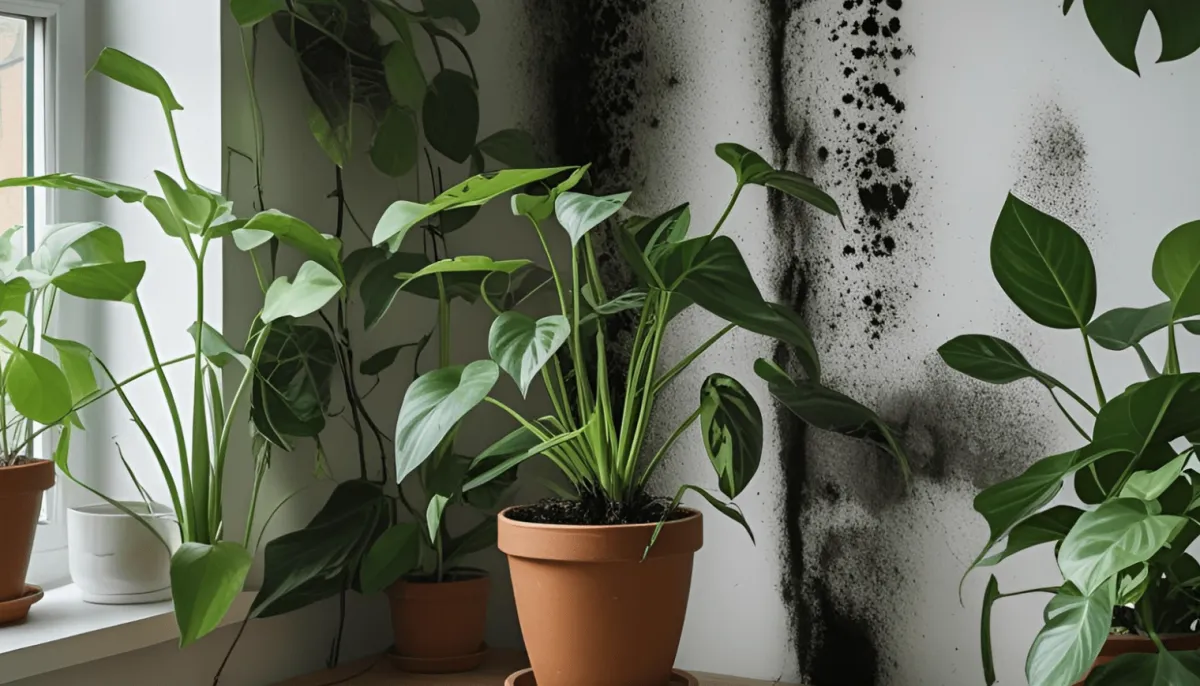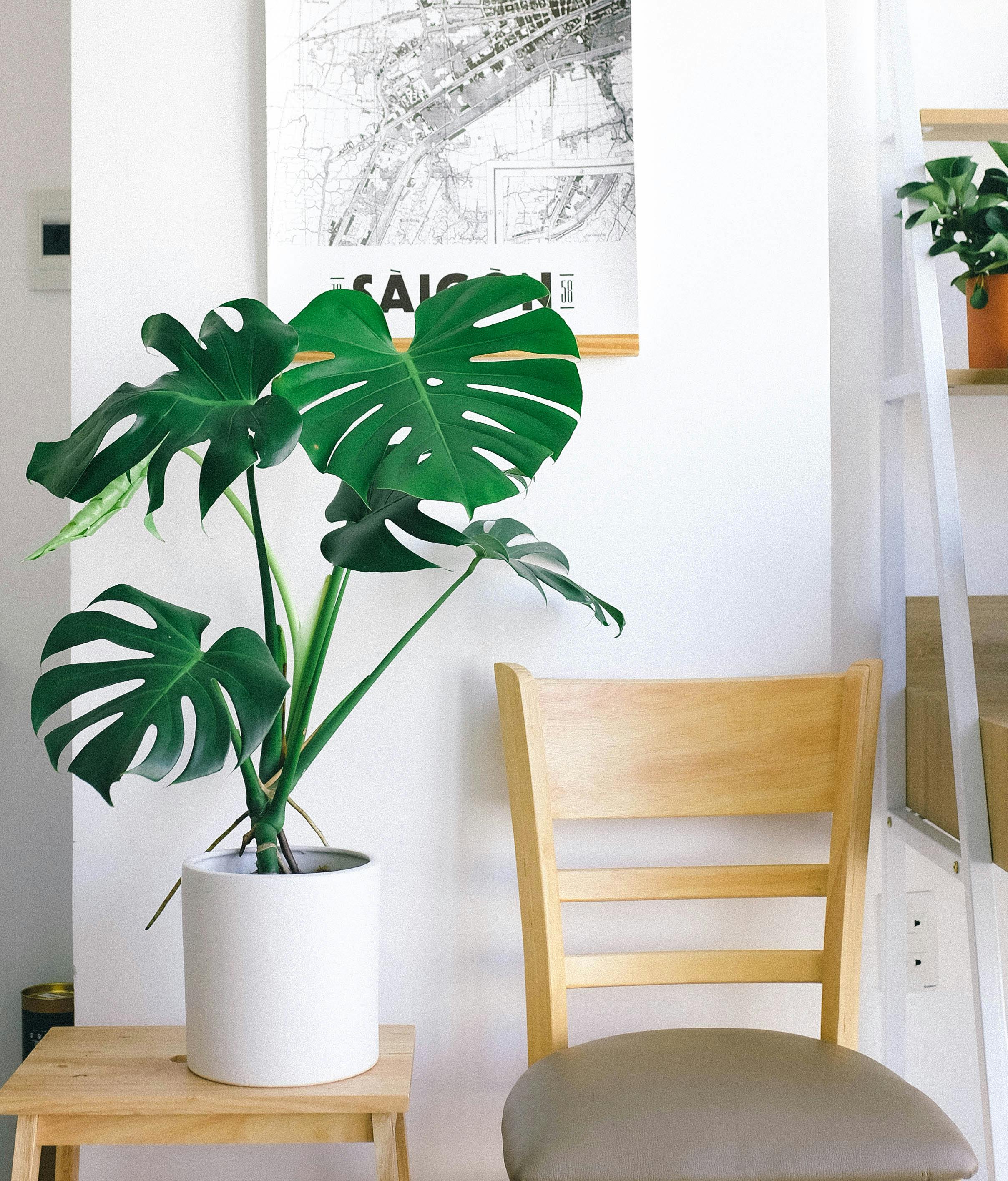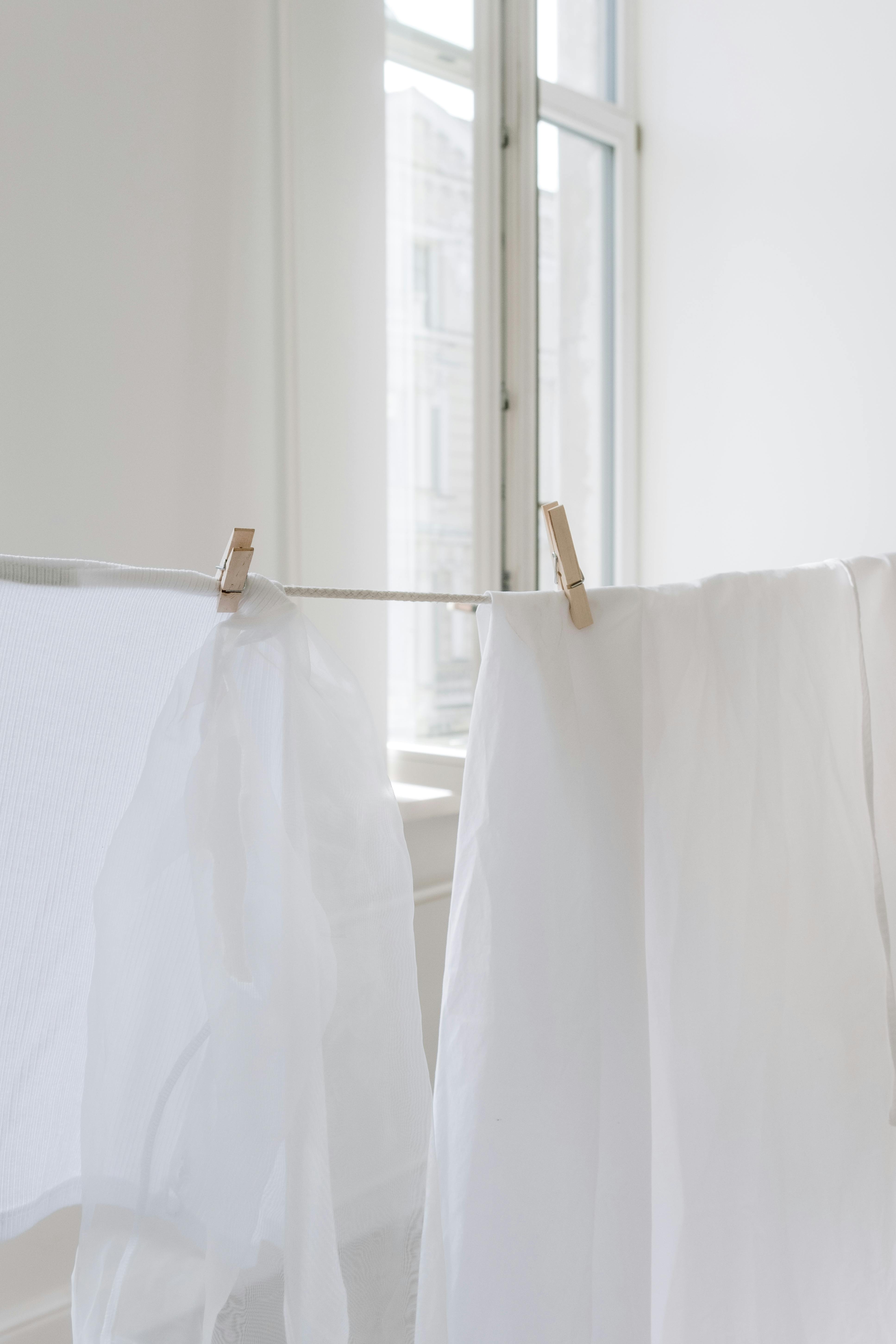
5 Commonly Overlooked Moisture Sources That Might Be Helping Mould Spread in Your Home
When it comes to mould problems, moisture is the number one trigger. Mould flourishes in damp, humid spaces, and even small amounts of lingering moisture can lead to rapid, uncontrolled growth. While obvious issues like leaks or flooding are easy to spot, there are many lesser-known moisture sources that quietly contribute to the problem. Here are five hidden culprits that may be encouraging mould growth in your home—and how you can put a stop to them.

1. Indoor Plants
Transpiration Can Increase Humidity
Indoor plants can freshen the air and make your space more inviting, but they also release water vapour through a natural process called transpiration. In poorly ventilated rooms or when multiple plants are grouped together, this can push humidity levels higher than you realise. Overwatering or allowing water to collect in trays can also create damp spots on walls, windowsills, or floors. To prevent this, avoid overwatering, provide good airflow, and keep an eye on indoor humidity levels.

2. Non-ducted Clothes Dryers
Unlike vented dryers that push moist air outside, non-ducted or condenser dryers release that moisture directly into your home. In small or poorly ventilated laundry rooms, this can cause a gradual rise in humidity, leading to damp surfaces and mould growth. Without proper ventilation, repeated laundry cycles can leave walls, ceilings, and nearby areas vulnerable. The solution? Use a vented dryer if possible, improve ventilation, or empty the condenser’s water reservoir regularly.

3. Drying Clothes Indoors
Drying laundry inside is convenient but adds a surprising amount of moisture to the air. As clothes dry, they release significant amounts of water vapour—especially in enclosed spaces without good airflow. This can quickly cause condensation on windows, damp patches on walls, and prime conditions for mould. Whenever possible, dry clothes outdoors. If you must dry them inside, use a well-ventilated space with an exhaust fan or a dehumidifier.

4. The Number of People in Your Home
The more people in your household, the higher the humidity. Every person releases moisture through breathing and perspiration—particularly during sleep and physical activity. Cooking, showering, and daily living all add to the moisture load. In crowded or poorly ventilated homes, this extra humidity can build up, especially in rooms with limited airflow. Combat this by using exhaust fans, opening windows when possible, and running a dehumidifier in busy living areas.

5. Wet Bathroom Mats
Bathroom mats are often damp after showers and baths, and in spaces with poor ventilation, they can take hours to dry. Moisture trapped in the mat—and underneath it—creates a warm, humid spot perfect for mould and mildew to thrive. To reduce the risk, hang mats to dry after each use, wash them regularly, and make sure your bathroom has proper ventilation.
Final Thoughts
Most mould growth in homes is linked to hidden sources of excess moisture. Everyday habits—like drying laundry indoors, keeping multiple plants in one room, or neglecting damp bathroom mats—can slowly increase humidity and create the perfect breeding ground for mould. By spotting and addressing these overlooked issues, you can protect your home, improve air quality, and safeguard your health. With consistent ventilation, regular maintenance, and mindful moisture control, mould won’t stand a chance.

